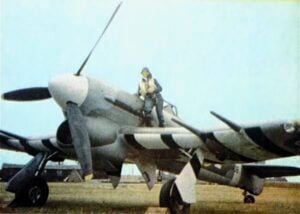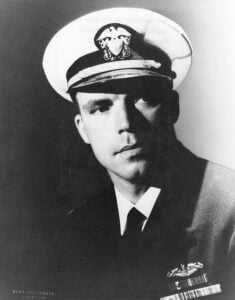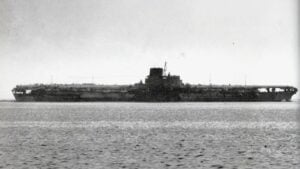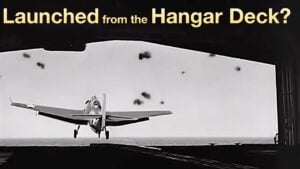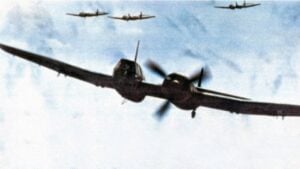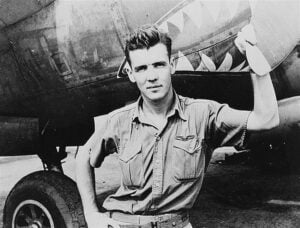The WWII German Plane Every Allied Commander Wanted
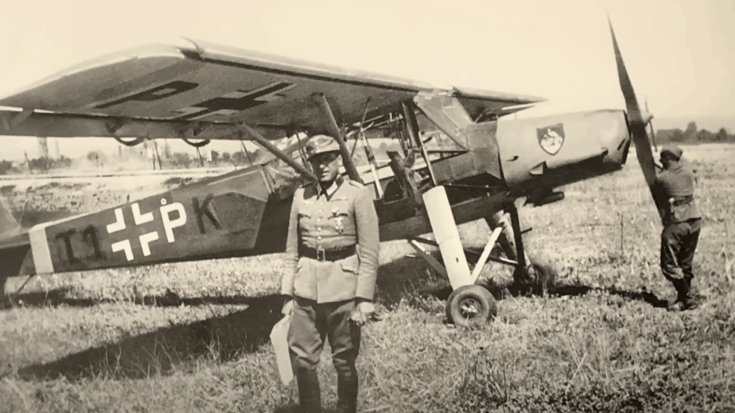
World War Made Simple / YouTube
A Strange Aircraft in a Dangerous War
In the early hours of September 12, 1943, a daring rescue took place high in the Italian Apennine Mountains. The mission itself was bold, but what caught the attention of military leaders was the strange-looking aircraft that made the operation possible. It was a German plane that looked fragile, but its performance surprised everyone. The aircraft, the Fieseler Fi 156 Storch, became one of the most sought-after prizes of the war. Even Winston Churchill flew in one over Normandy.
Field Marshal Bernard Montgomery chose the Storch as his personal aircraft, while General George Patton refused to fly in it purely out of national loyalty. What made this small German aircraft so special that some of the highest Allied leaders wanted one for themselves?

Designed for the Impossible
The story of the Storch began in 1935, when German aircraft designer Gerhard Fieseler was asked to create an aircraft that could serve as a battlefield observer and liaison plane. The goal was difficult. The plane had to take off and land in very short spaces, fly slowly without falling from the sky, and handle rough terrain.
In May 1936, the first prototype took flight. It shocked onlookers with how it performed. The Storch could take off in under 200 feet and land in just 50. It could stay airborne at only 31 mph. This made it useful for observing battlefields and performing quick landings in places other planes couldn’t reach.
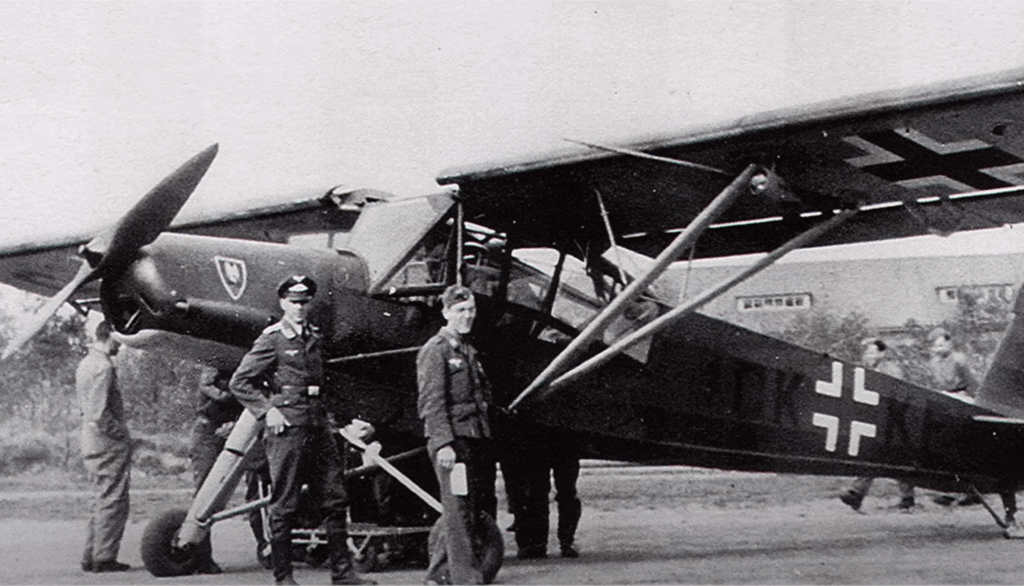
The Secrets Behind Its Design
The Storch had unique wings with fixed slats and trailing flaps. These features allowed smooth airflow, even when the plane was flying very slowly. The result was an aircraft that could stay in the air while moving slowly enough to appear almost still. This made it perfect for spying on enemy movements or guiding troops.
Powered by a 240-horsepower Argus engine, the Storch wasn’t fast. It only reached 109 mph. But speed wasn’t the goal. It needed to climb quickly and fly in and out of tight spots, which it did well.
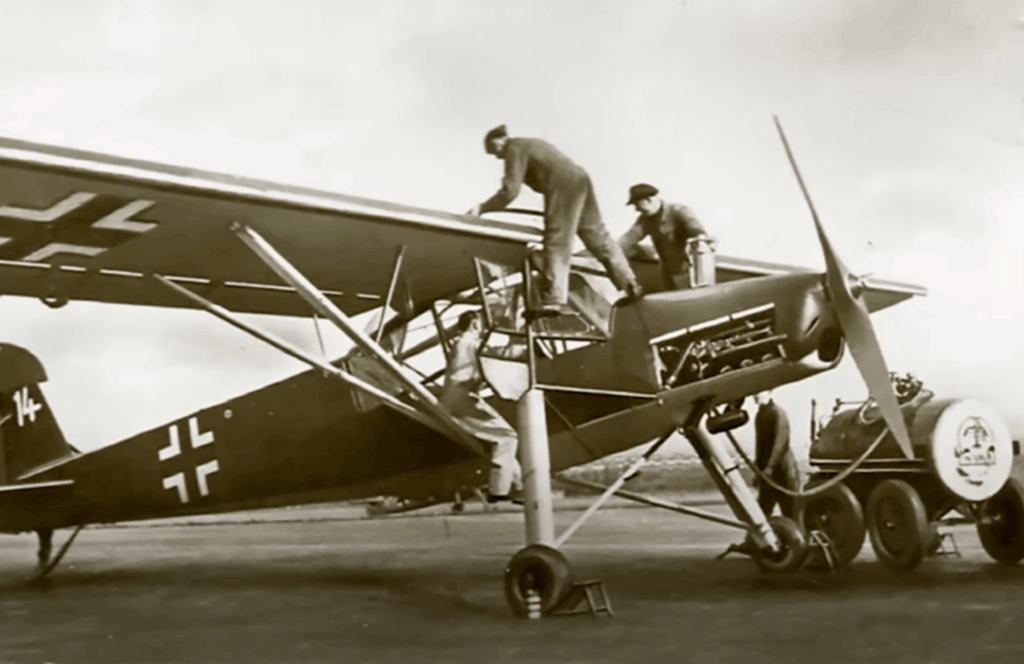
A Plane That Could Go Anywhere
The plane’s long landing gear looked odd, but it was practical. It let the aircraft land on rocky fields without damaging the structure. That meant commanders could set up posts in places where other planes couldn’t land.
When the war started in 1939, the Storch was everywhere. It flew over the Eastern Front, in North Africa, and during early missions in Belgium. Its ability to insert troops and carry out secret missions made it a valuable tool.
Used by Top Commanders
The Storch wasn’t just used for field work. High-ranking commanders used it too. General Erwin Rommel used his Storch during the North African campaign to observe the enemy and visit troops. His sudden appearances earned him a reputation for being everywhere at once.
Others, like Luftwaffe chief Hermann Göring and other German officials, used the plane for transport. Special versions were also used as air ambulances to reach wounded soldiers where no car could go.
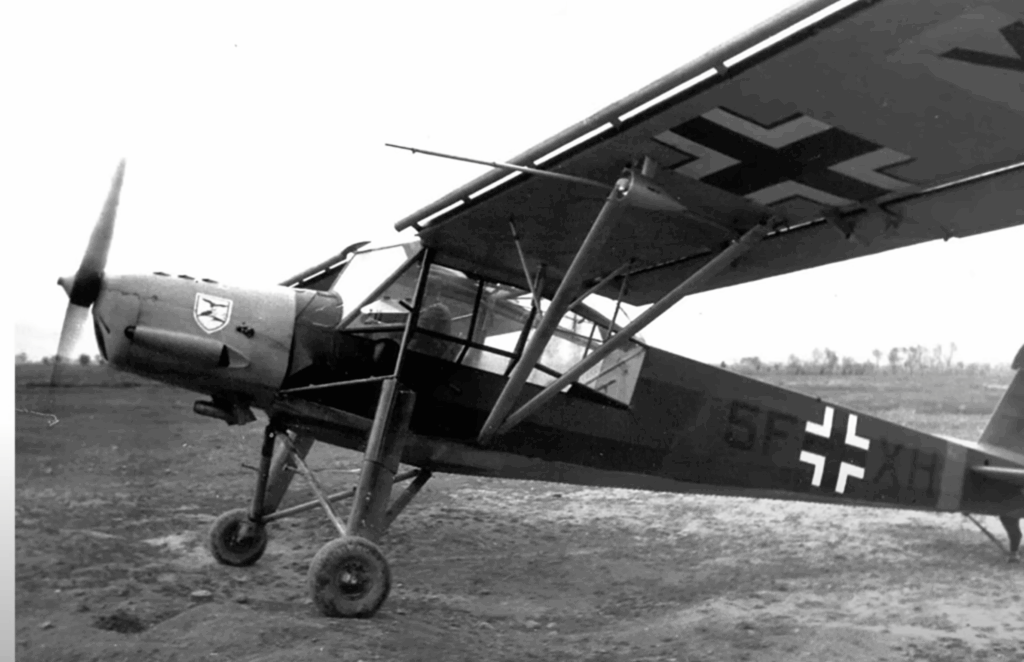
The Most Famous Mission
In 1943, Mussolini was being held by Italy’s new government on a mountaintop hotel. A glider team captured the site, but extracting him seemed impossible. The original rescue helicopter broke down.
Pilot Heinrich Gerlach decided to try landing a Storch on the rocky peak. He managed it in just 100 feet. With Mussolini onboard and the plane overloaded, it still lifted off despite one of the landing gears being damaged. That flight showed just how useful the Storch could be in tough situations.
Adopted by the Allies
The Allies soon started capturing Storch aircraft. Instead of destroying them, they used them. Montgomery, Air Vice Marshal Harry Broadhurst, and even Winston Churchill flew in captured Storch planes. Churchill used one to view the progress of the D-Day invasion.
Other commanders, like Arthur Coningham and Dwight D. Eisenhower, used them as well. But Patton refused, likely for patriotic reasons.
Proven Through Practice, Not Propaganda
The Allies learned that the Storch was not just propaganda. It really was better than anything they had for that kind of job. Intelligence groups studied its design and found it wasn’t based on fancy tech, but smart engineering.
The leading-edge slats worked automatically without any pilot input, and the aircraft was easy to fix. That mattered in war zones where things broke often.
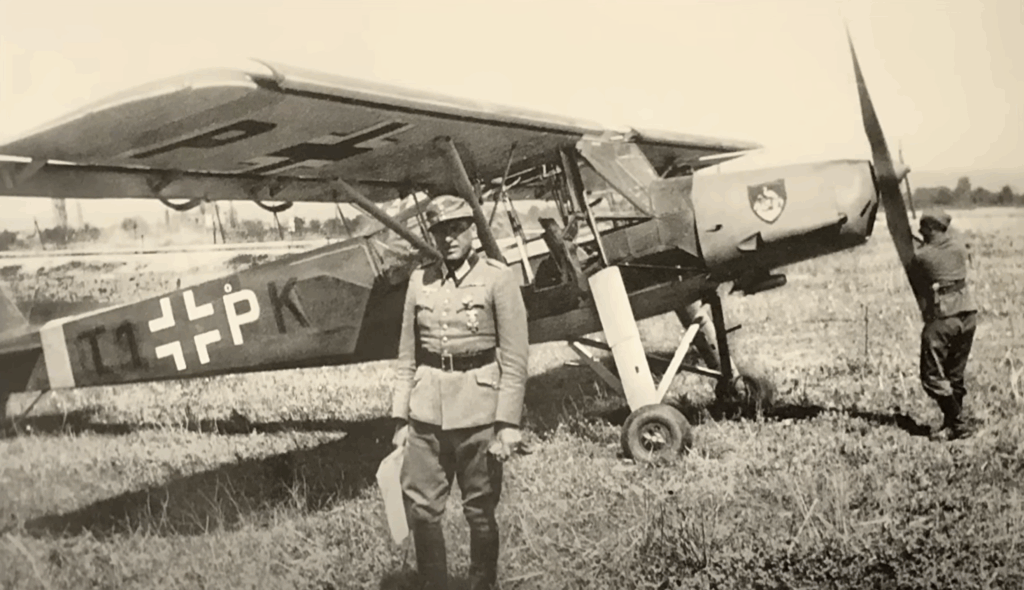
The Final Days and Beyond
As the war neared its end, the Storch still played a role. In April 1945, pilot Hanna Reitsch flew a Storch into Berlin to reach a key general. It was one of the last flights before the German surrender.
Even after the war, the Storch kept flying. The British gave some to the French, who built their own version. They used them in wars in Indochina and Algeria.
Switzerland used them for mountain rescues. In one 1946 mission, only the Storch could reach a glacier to save crash survivors. Civilian groups used them for farming and firefighting.














